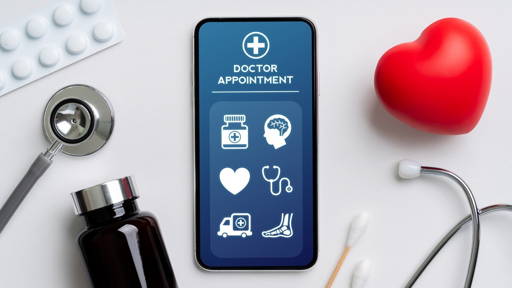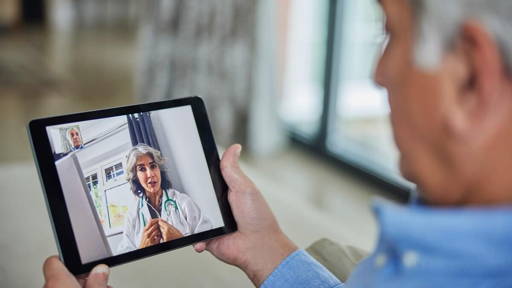Key findings addressing digital health
Digital solutions, such as apps, wearable technology and online fora, hold great potential for health promotion and disease prevention, with best practice examples emerging across the EU. These innovative approaches help raise awareness and empower citizens to take control over their healthy behaviour and lifestyle choices.
Digital solutions should, however, always be seen as part of broader, comprehensive health promotion and disease prevention strategy. A host of associated barriers and risks require consideration at European level, with a bearing on – inter alia – interoperability, privacy and reimbursement criteria. Policy efforts should also take into account digital health literacy, so that mHealth can be used appropriately and by all. Harnessing the potential of digital solutions for health promotion and disease prevention will depend on an openness to these innovative technologies combined with a critical understanding of their success factors.
What the digital environment can do for health promotion and disease prevention
At its core, a health promotion strategy includes advocacy, enabling and mediation. It is therefore no surprise that digital tools, services and platforms have great potential when it comes to health promotion and disease prevention. Such digital solutions, be it apps, wearable technology or online fora, may empower people to enjoy a healthy lifestyle and prevent them from developing an illness. Some mobile health (mHealth) tools even highlight early symptom or disease indicators, provide feedback to health workers and assist in patient adherence to treatment programmes.
However, digital solutions may give rise to new or increased inequalities between people who do and who do not have the skills to harness their potential. Similarly, varying levels of national or regional support for the rollout of digital health solutions can have an impact on who is given the possibility to benefit from these tools, exacerbating inequalities. Employing digital solutions to strengthen health and well-being will require equal digital opportunities, widespread digital literacy, strong digital security and well-designed, effective tools, services and platforms
Prevention and promotion in the broader context of health systems’ digital transformation
Many policy initiatives at European and global level embrace the digital transformation of health promotion and disease prevention activities. At EU level, the 2017 mid-term review on the implementation of the Digital Single Market Strategy lists digital tools for citizen empowerment as one of the areas for further action. Council Conclusions from 2017 call on EU Member States to exchange experiences, transfer best practices and develop common approaches to support the uptake of mHealth solutions for better health promotion, disease prevention and chronic disease management.
Health workers require appropriate training to better integrate digital tools and the resulting data into their health care practice
The WHO acknowledges that mHealth can improve access to health information, and promote positive changes in health behaviours to prevent the onset of acute and chronic diseases. The WHO sees the use of mHealth tools as a good opportunity for increasing awareness to bring about change on the key risk factors for non communicable diseases and for increasing patient, family and community involvement.
The digital transformation of promoting good health
Digitally supported health promotion interventions can help people change their behaviour. One of the advantages is that these interventions can be tailored to the user, accessible on demand, providing feedback and ensuring a high availability at low cost. For instance, electronic games can help to improve knowledge and change attitudes, and the internet can function as an expertise hub for health promotion professionals, making evidence on best practices and methodological tools available.
Meanwhile the body of evidence on the impact of digital tools on health promotion and disease prevention is growing steadily. However, more can be done to tackle barriers to accessibility, readability and overall usability for people with lower (digital) health literacy. There is potential for mHealth tools such as apps and wearables, but it can only be harnessed when targeted initiatives are aware of the digital divide and the risks of adverse effects.
In conclusion, the mHealth environment, comprising digital solutions such as apps, wearables and online fora, are becoming a new health promotion setting, akin to schools or the workplace, requiring targeted oversight and safeguards. Digital solutions should nevertheless always be seen as part of a broader, comprehensive health promotion and disease prevention strategy. Future proofing such strategies means being open to innovation but mindful of its adverse effects and always seeking evidence of its impacts.







